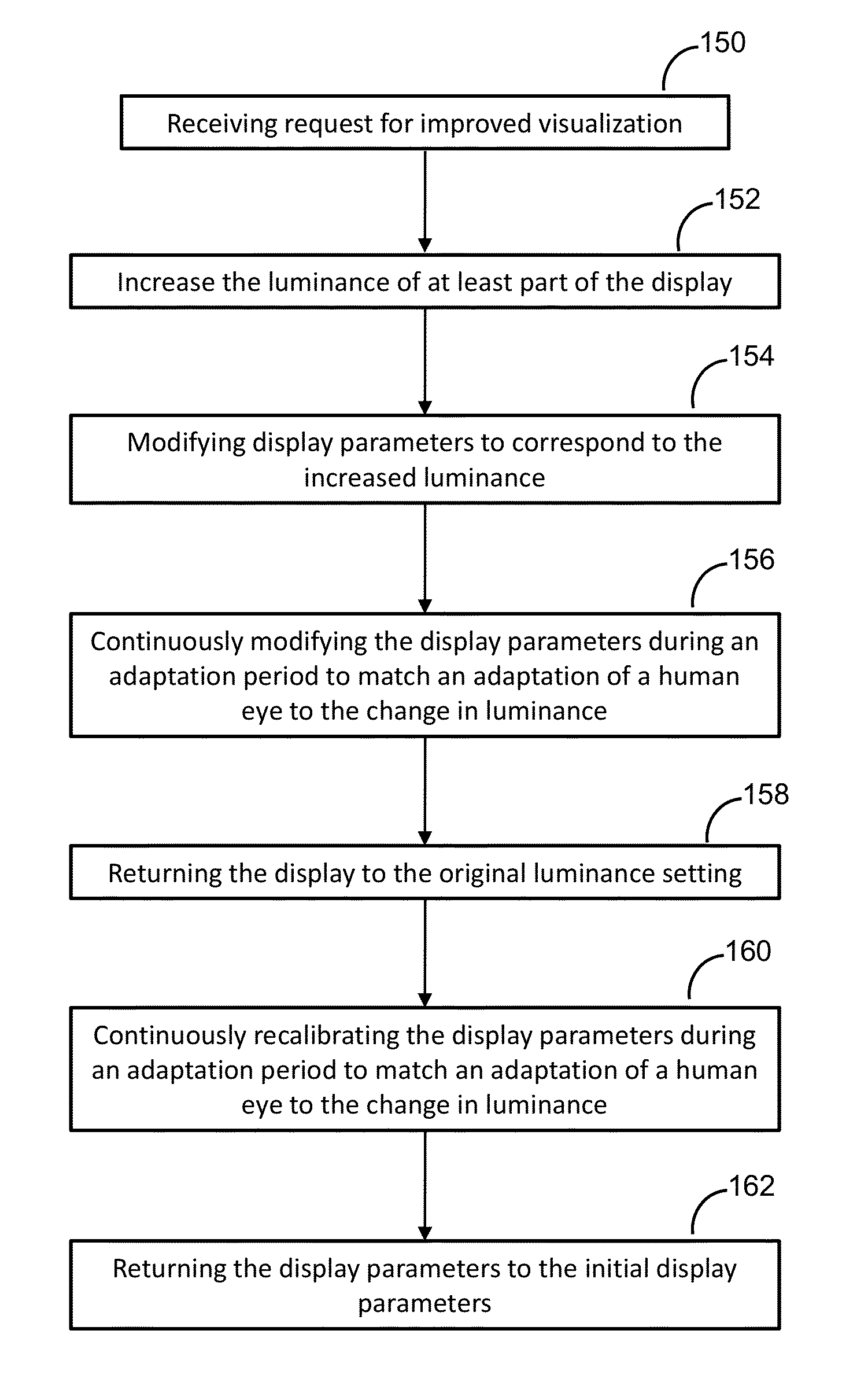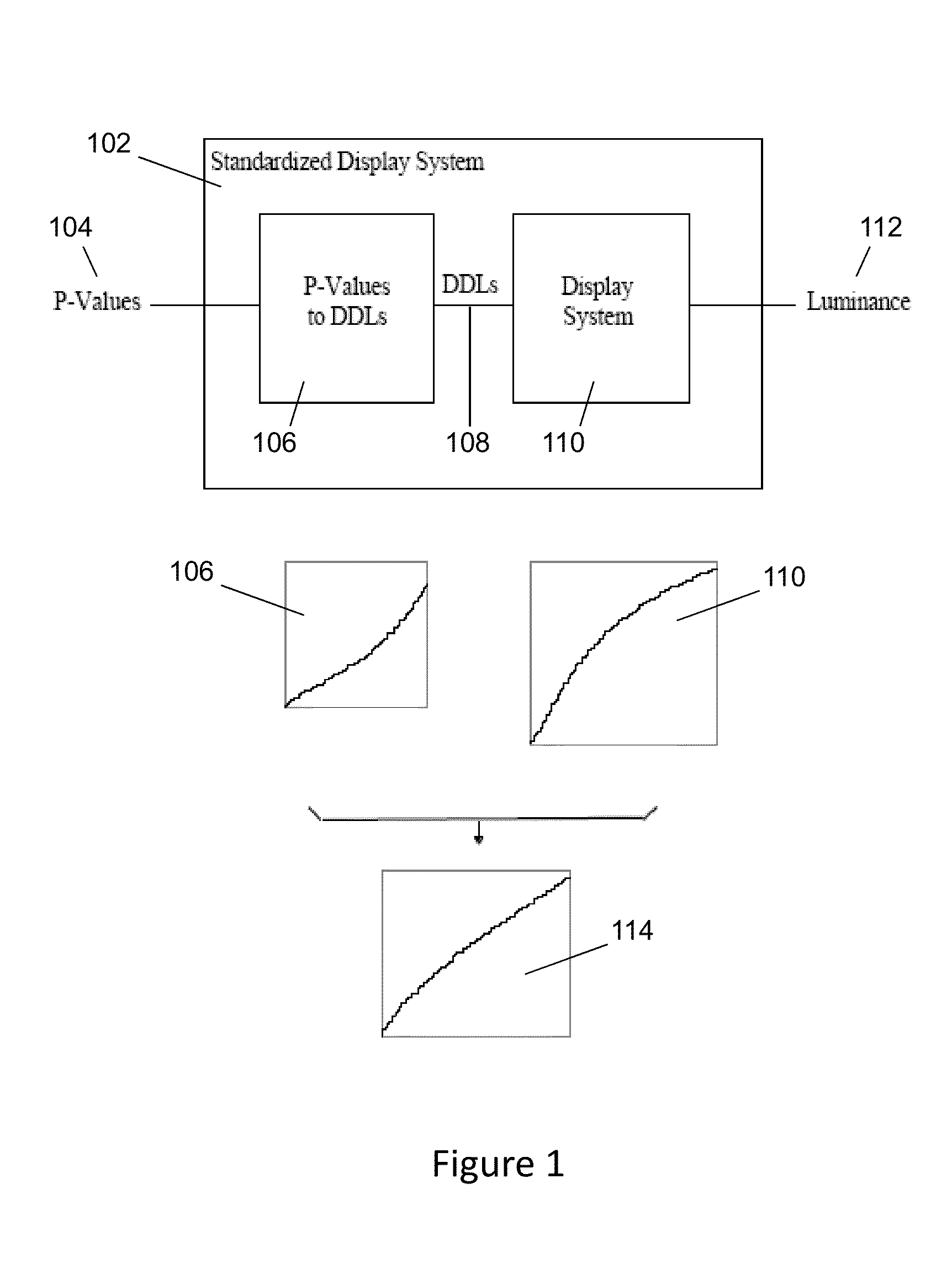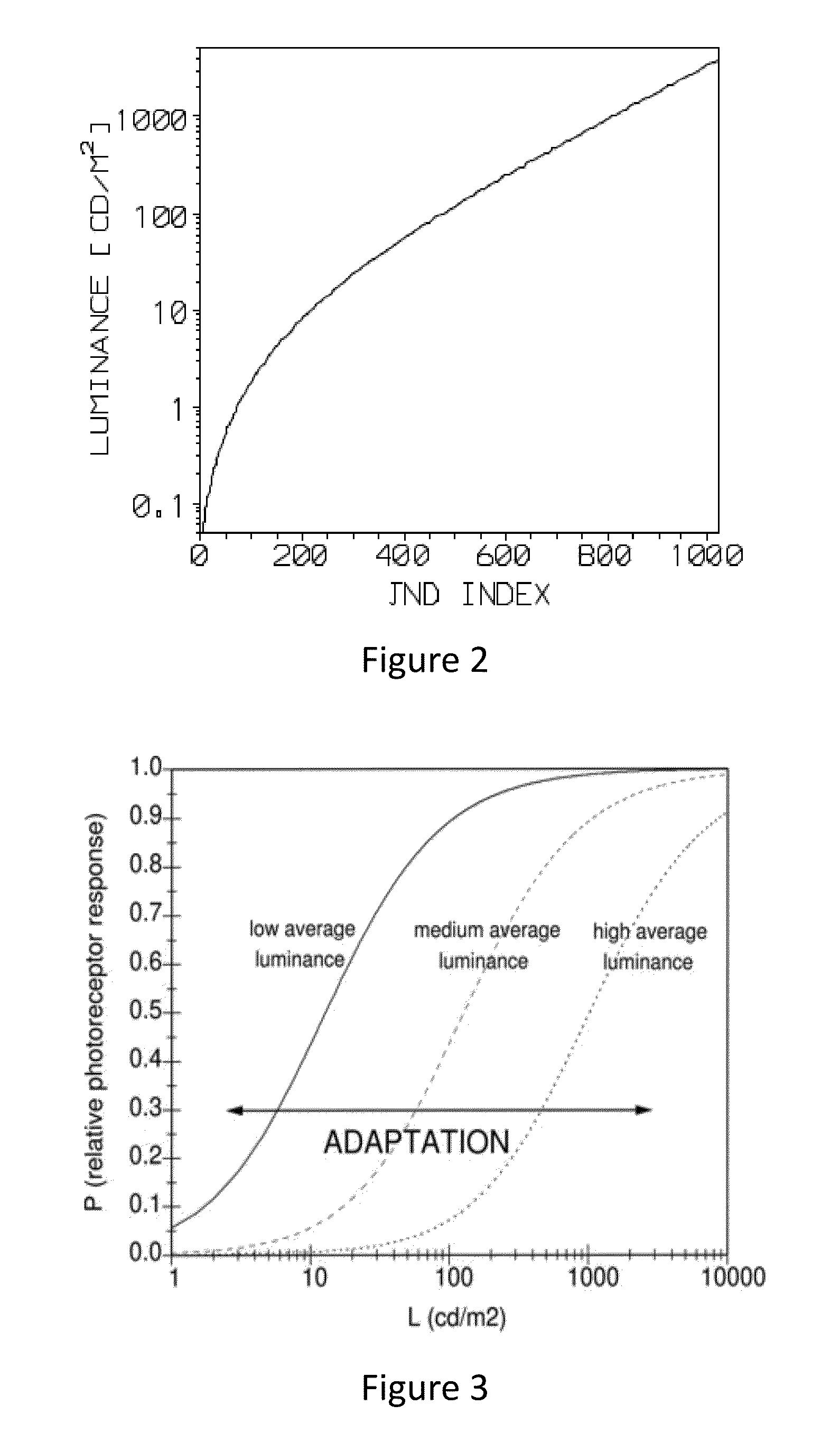Luminance boost method and system
a technology of luminance and boost method, which is applied in the field of methods and systems for adjusting the luminance of image display devices, can solve the problems of limited display backlight lifetime and other problems, and achieve the effects of improving the visibility of subtle image differences, good compromise, and enhancing the detection of subtle features
- Summary
- Abstract
- Description
- Claims
- Application Information
AI Technical Summary
Benefits of technology
Problems solved by technology
Method used
Image
Examples
Embodiment Construction
[0031]The present invention relates to a system and method providing the viewer with an increased ability to perceive subtleties in the displayed image without dramatically decreasing the lifetime of the display as would occur if the display were permanently set at a high luminance level.
[0032]For example, medical displays may need to achieve lifetimes (time to half of initial peak luminance) of 50,000 hours and more. To achieve such long lifetime, medical displays may be set to a luminance output much lower than the initially maximum achievable level. Consequently, clinicians are diagnosing patients using displays operating at less than maximum luminance. This makes it more difficult for those clinicians to see subtle differences in images and, thus, making a diagnosis takes more time and it is more difficult to determine the correct diagnosis for their patients.
[0033]As used herein, the term “display” is not intended to be limited to any particular types of displays, and includes ...
PUM
 Login to View More
Login to View More Abstract
Description
Claims
Application Information
 Login to View More
Login to View More - R&D
- Intellectual Property
- Life Sciences
- Materials
- Tech Scout
- Unparalleled Data Quality
- Higher Quality Content
- 60% Fewer Hallucinations
Browse by: Latest US Patents, China's latest patents, Technical Efficacy Thesaurus, Application Domain, Technology Topic, Popular Technical Reports.
© 2025 PatSnap. All rights reserved.Legal|Privacy policy|Modern Slavery Act Transparency Statement|Sitemap|About US| Contact US: help@patsnap.com



